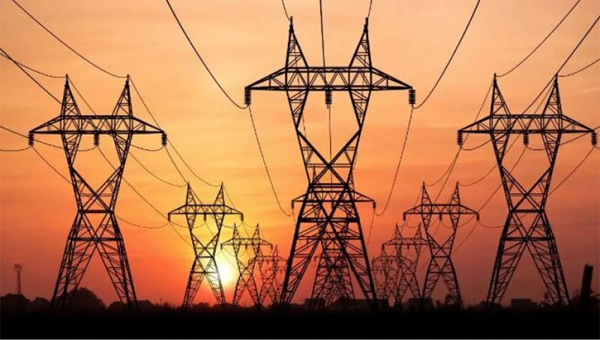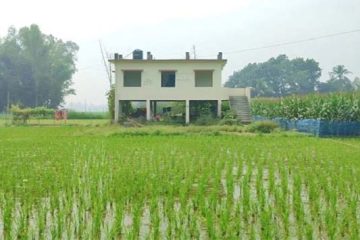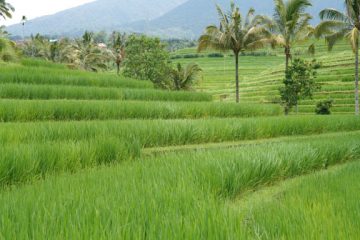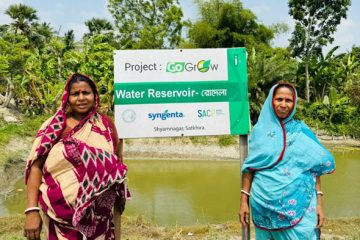Emran Hossain
Transmission loss increased for the second consecutive year in the past financial year with a forecast suggesting further increase over next several years due to mismatched expansions in power and industrial sectors in Bangladesh.
The transmission loss in the past financial year meant the loss of electricity worth more than Tk 3,200 crore, the cost that was passed on to the consumers.
In the past 14 years, major power plants were built far away from Dhaka, where most of the electricity is consumed, requiring the transmission of electricity over long distances up to 500km.
The industrial activities largely remain concentrated around Dhaka where electricity is transmitted from as far as Adani power plant in India’s Jharkhand or Matarbari power plant in Cox’s Bazar or Payra power plant in Patuakhali or Rampal power plant in Mongla.
‘The transmission loss is unlikely to go down. Rather, it might increase in future,’ said Power Grid Company of Bangladesh executive director Abdul Monayem Chowdhury.
The number of power substations doubled due to the ‘100 per cent electrification’ cursing increase in system loss, he explained, adding that the number of 132kv substations was set to exceed 300 from the existing 200.
‘The distribution loss, however, is decreasing,’ he said.
The annual report of the PGCB, which was partially released on October 15, showed that the transmission loss in 2023-24 increased to 3.13 per cent from 3.07 per cent in 2022-23 and 2.89 per cent in 2021-22.
The World Bank data showed that Bangladesh’s electricity transmission loss in 2014 was 11 per cent, which was equal to Sri Lanka. In Vietnam, the loss was 9 per cent while Japan recorded 4 per cent loss the same year, followed by Korea recording 3 per cent and Singapore 2 per cent.
A WB report released on August 31, 2023 showed that the transmission loss in Vietnam was reduced to 2.29 percent in 2021.
Transmission loss combined with distribution loss comprises power system loss. The global average of power system loss is about 8 per cent.
In India the system loss is about 20 per cent while in Pakistan the loss ranged between 10 per cent and 35 per cent.
Bangladesh’s system loss stood at 10.06 per cent in FY 24, said the Power Cell, as the distribution loss stood at 7.25 per cent, down from 7.65 per cent in FY 23.
Back in 2002, Bangladesh’s distribution loss was 23.92 per cent while the transmission loss was 4.05 per cent.
Bangladesh’s transmission loss was rather low because of its power generation remaining centred around Dhaka until the latest spell of power sector expansion took off in 2009. Areas far away from Dhaka remained largely out of power supply for there was no transmission coverage.
‘Transmission loss represents the amount of electricity lost during the supply of power from its generation points to consumers,’ said Md Shahjahan, who teaches electrical and electronic engineering at Khulna University of Engineering and Technology.
The loss is caused in the form of heat, he explained, as electricity flowed through wire resisting the current.
The greater the length of the transmission line, the more the loss, he said.
In the past year, the PGCB received 92,900 million units of power from generation points and sold 89,996 million units.
Energy experts said that the use of substandard machinery leading to sudden shutdown of power plants could be another reason for the increase in transmission loss.
Some newly built power plants such as the Rampal power plant already raised eyebrows by its frequent unscheduled and forced shutdowns.
Japan recently announced the development of a technology ensuring zero transmission loss. The technology is basically keeping the wire super cold by using liquid nitrogen.
According to Japan, the technological cost outweighs the profit from the reduction of the transmission loss.
The distribution loss, however, is not always mechanical, explained Shahjahan, adding that the loss was very high in many countries because of stealing.
The Consumers Association of Bangladesh has long complained about widespread power theft in the country, often taking place with direct help of power sector employees.
The stealing of power is so rampant that households, the largest power consumer, developed their own ways of stealing power such as by sticking hooks to the live distribution lines to get connected rather than having an electricity meter.
Such arbitrary handling of power led to accidents and the loss of many lives over the decades. Hundreds got maimed.
The overall power system loss remaining 2 per cent above the global average and the rising transmission loss is bad news for Bangladesh’s fragile economy, experts said.
Major power projects create $2b debt obligations every year. The Bangladesh Power Development Board owed Tk 44,338 crore to power producers at the end of FY 24, as the national power company could clear only half of its dues to power generators in the year.
Bangladesh is also lending $4.97 billion from the International Monetary Fund.
Any more system loss is far more costly than ever before, the experts said, adding that the arbitrary power sector expansion by the past Awami League government, mainly based on imported fossil fuels, greatly increased the energy bills.
In the 14 years ending in 2023, per unit energy cost increased by 269 per cent. In the 12 years until 2009, the year the AL government assumed power, energy cost had increased by 42 per cent.
Bangladesh’s current installed capacity is 27,791MW, including 2,660MW imported from India through Kushtia, Cumilla and Chapainawabganj.
The increasing transmission loss raises reliability issues plaguing the power sector for long. Many industries rely on captive power since power cuts are frequent in the national grid. The impacts of an unreliable power supply system on small and medium entrepreneurs are huge.
‘Bangladesh wasted billions over the past 15 years. A far better power system could have been developed had the country invested in renewable energy,’ said Hasan Mehedi, member secretary of the Bangladesh Working Group on Ecology and Development.
The Power Development Board said that the 14 years’ investment in the power sector was $33 billion.






